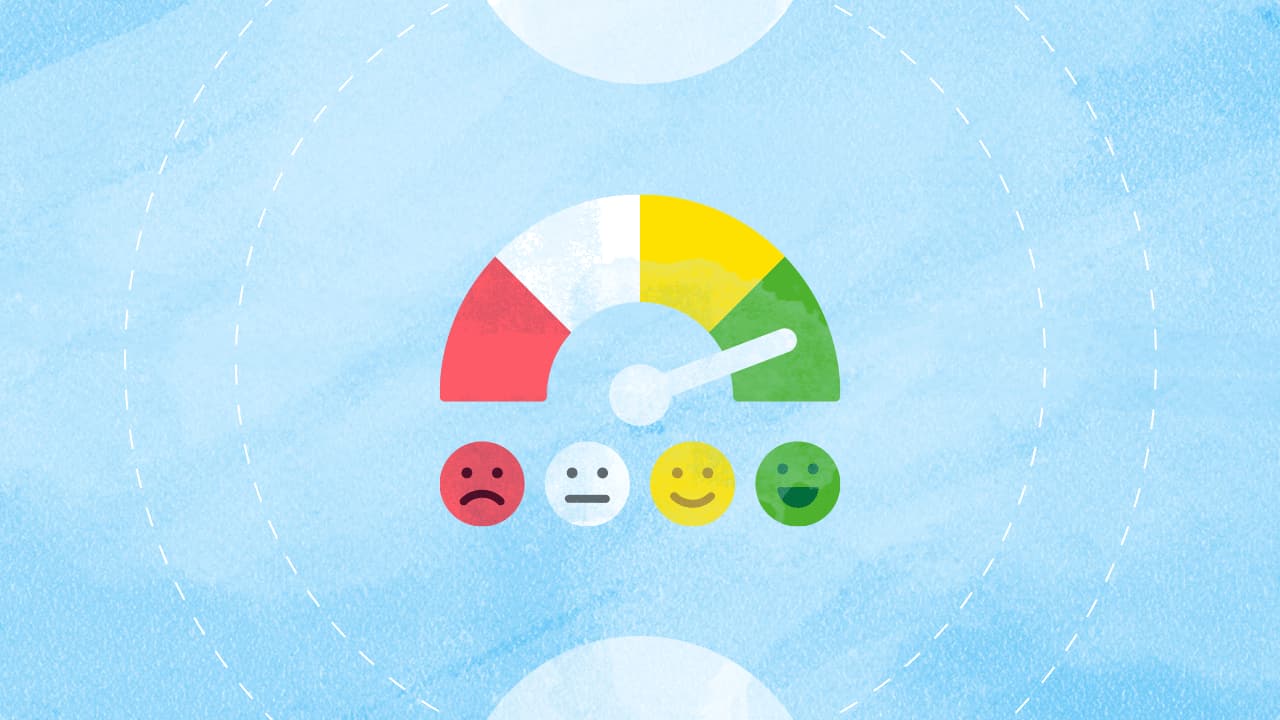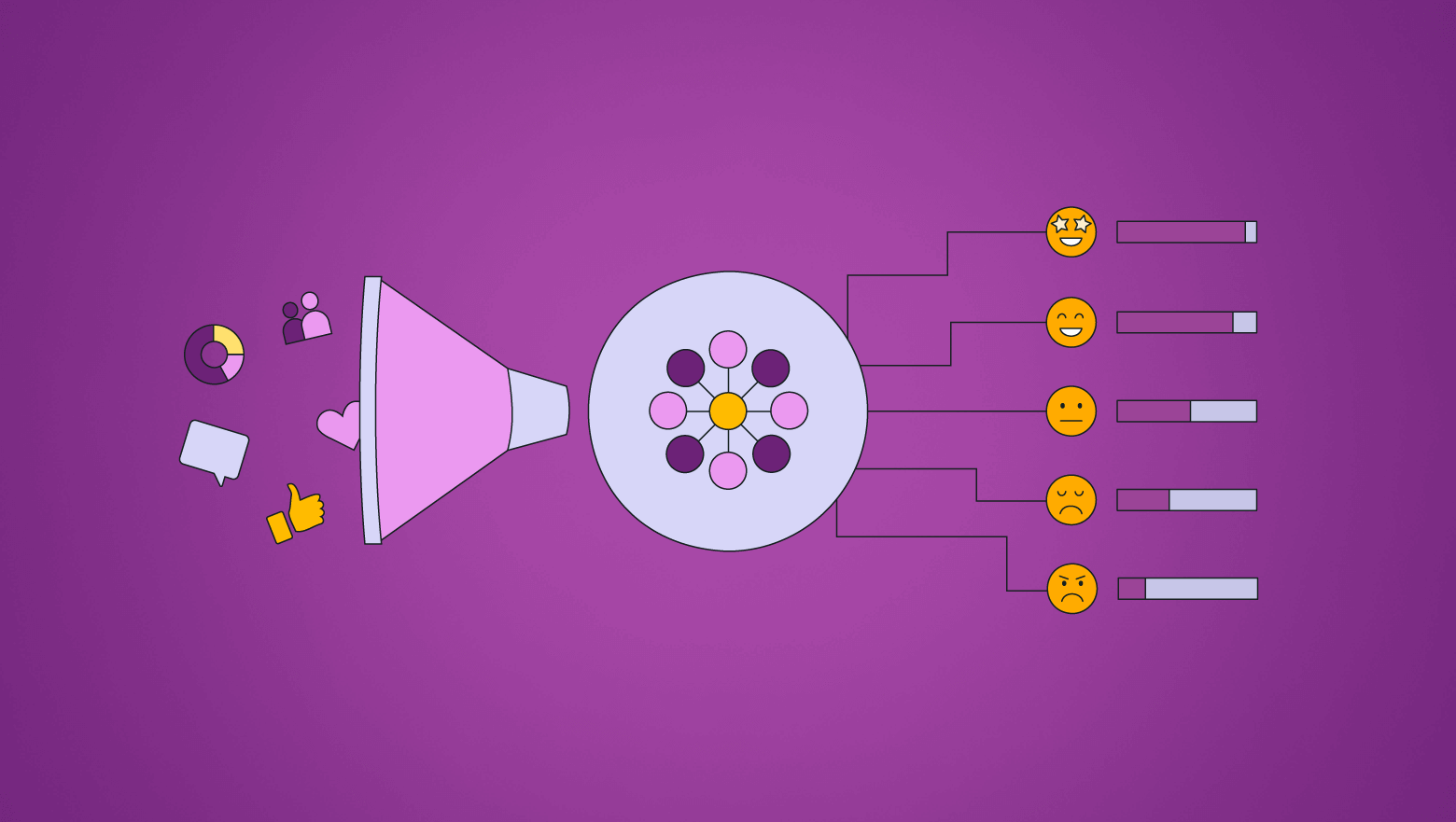Sentiment Analysis
Sentiment analysis is a process that involves analyzing text data to determine the sentiment or emotional tone expressed within it. This technique, also known as opinion mining, utilizes natural language processing (NLP) and machine learning algorithms to classify text as positive, negative, or neutral based on the emotions, opinions, or attitudes conveyed by the language used.
In the digital era, where vast amounts of textual data are generated daily across various platforms such as social media, customer reviews, news articles, and surveys, sentiment analysis provides valuable insights into public opinion, consumer behavior, and brand perception.
The process of sentiments analysis begins with data collection, where text data from different sources are gathered and prepared for analysis. Preprocessing techniques such as tokenization, stemming, and removal of stopwords are often employed to clean and normalize the text data.
Sentiment classification is the core step in sentiment analysis, where machine learning models or lexicon-based methods are used to categorize the text into positive, negative, or neutral sentiments. These models analyze linguistic features, contextual clues, and sentiment indicators within the text to make accurate predictions.
The insights derived from sentiments analysis are widely applicable across various domains, including market research, brand monitoring, customer feedback analysis, reputation management, and social media monitoring. By understanding the sentiment behind textual data, businesses and organizations can make informed decisions, identify emerging trends, mitigate risks, and enhance customer satisfaction.
In summary, sentiment analysis offers a powerful tool for extracting actionable insights from textual data, enabling businesses to understand public opinion, track sentiment trends, and adapt their strategies to meet the evolving needs and expectations of their audience.









